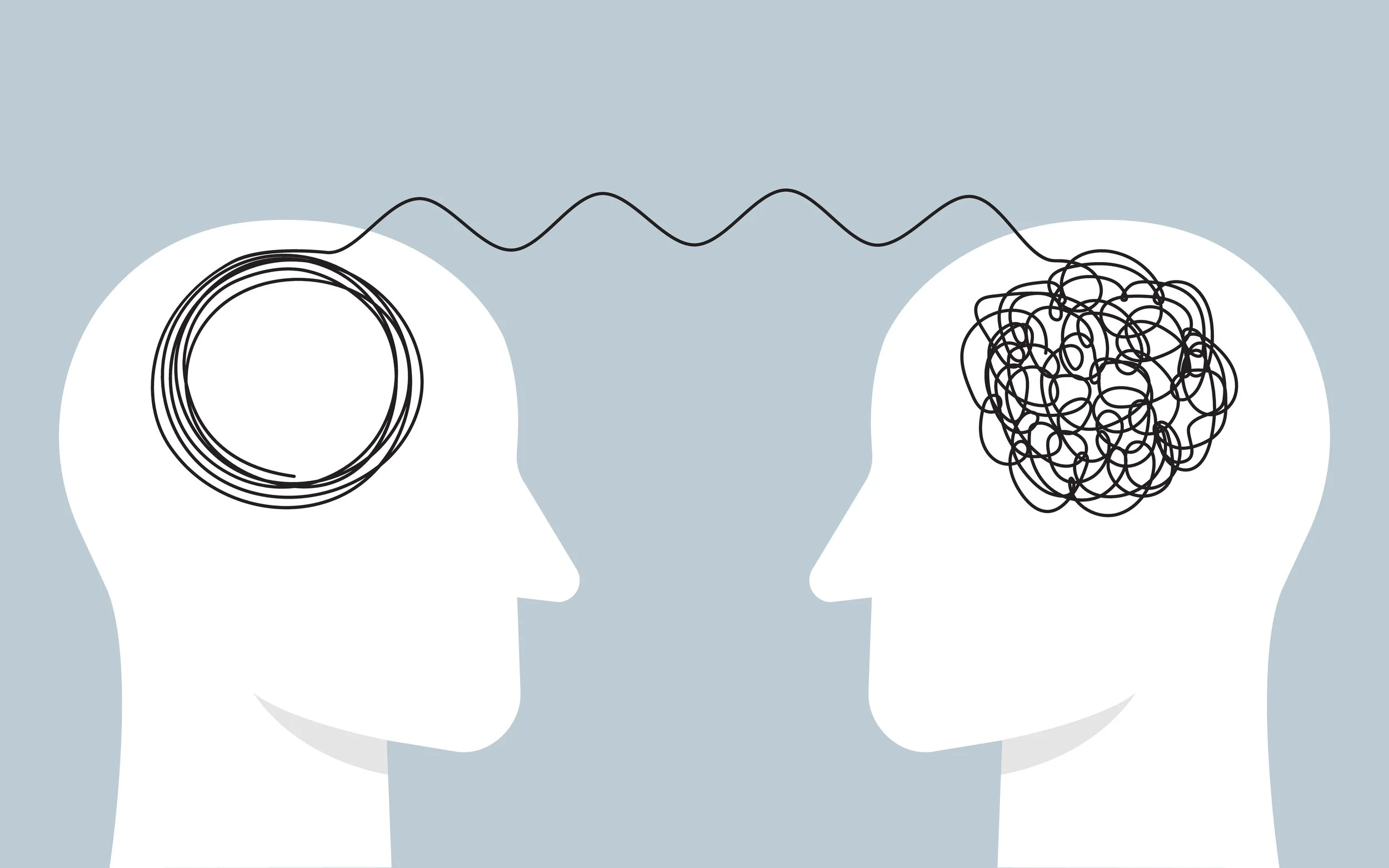What is EMDR?
/EMDR, a treatment for trauma, has made some big headlines recently. You may have seen Prince Harry discuss the benefits with Oprah, with People Magazine or on Good Morning America.
Trauma reprocessing in therapy
What exactly is EMDR? Eye Movement Desensitization and Reprocessing (EMDR) is a type of therapy used to help you process past trauma. You may think of trauma as a horrific single event that results in an individual experiencing panic attacks or vivid flashbacks. While this can be a person’s experience with trauma, it doesn’t always have to be.
Trauma is not always a single incident that was horrific, violent, or overwhelming. Often it can be a set of enduring conditions where you might have had a daily experience of “I’m not safe” or “something bad is going to happen”. This set of enduring conditions can have a major effect on your autonomic nervous system, altering your sense of risk and safety in the world.
You might think back to your childhood and recall never feeling secure and safe or always feeling hypervigilant about what could go wrong. You might have had a parent who was abusive, either verbally or physically, or maybe you felt neglected. You may recall these enduring conditions happening at school through bullying or not being able to fit in. Our current pandemic atmosphere is also traumatic.
Painful experiences from the past most likely occur during critical stages of development and shape the way we see ourselves, other people, and the world. These past experiences also influence the way our brain is wired and the defenses we adopt to make it through, to survive. While these defenses and fight/flight/freeze reactions are adaptive at the time, they often outlive their usefulness and begin showing up in our present-day life only causing problems and keeping us from fully engaging in the present.
You may often feel hijacked by your emotions or other physiological symptoms/sensations and not understand why you feel so triggered. The living legacy of traumatic memories manifest in symptoms and sensations that belong to the past but continue to play out in the present. This happens because for whatever reason the event or experiences have not been fully processed and integrated into your memory. You might logically be able to describe events from the past while knowing it is over and you have moved on, but your body hasn’t. You still get a body pull, such as physical sensations, sense of fear and anxiety that seem to come out of nowhere. This is because any physical sensations, emotions, or thoughts associated with traumatic memories will trigger the same defensives used in the past. This keeps us stuck in our development and stifles the growth we want so badly in our life.
Some current day symptoms of trauma can be experienced as:
• Inability to be assertive
• Struggles with body image
• Feeling anxious or depressed most of the time
• Tendency to procrastinate
• Behaviors that sabotage their efforts
• A low tolerance for frustration or anger
• Difficulty concentrating/Making decisions
• Loss of interest in activities or goals
• Increased aggression and/or anger
• Abuses Substances (addictions)
• Suicidal and self-abusive behaviors
• Somatic illness
• Sexual Dysfunction
• Feelings of panic
EMDR is an evidence-based practice that has been proven to help you fully process, digest, and integrate old, stuck experiences so the physical sensations, thoughts, and emotions are no longer pushing you in directions you don’t want to go. Negative thoughts from the past are transformed into positive or more realistic ones. This frees you up to be more adaptive in your response rather than feeling knee jerk reactions to certain experiences or stimuli.
EMDR does not erase the memories of the past but instead reduces the impact and influence these memories have on the present. One thing that makes EMDR different is the use of Bilateral Stimulation (BS) during the processing of past experiences. Bilateral stimulation is a form of eye movements, tapping, or pulsers that assist in calming the amygdala, the brains threat detection center, while activating a soothing effect on both the right and left hemispheres of the brain and body. This is believed to have a soothing effect on the nervous system, which allows for painful memories to be fully accessed and processed.
While there are different theories on what is happening during BS, the most common is that BS mimics the processing you do during REM sleep. During REM sleep your eyes move side to side, which is believed to assist the processing of information while activating both sides of the brain. While ongoing research will continue to reveal to us the details of BS, the evidence is clear. EMDR has assisted thousands of people who felt they were stuck not just remembering the past but reliving it. EMDR helps the body and mind fully process the past and helps you find freedom.
If you believe EMDR is a therapeutic approach that would be good for you or you would simply like to learn more about it, reach out and schedule an appointment today!
For more information: EMDRIA article on Prince Harry and EMDR




